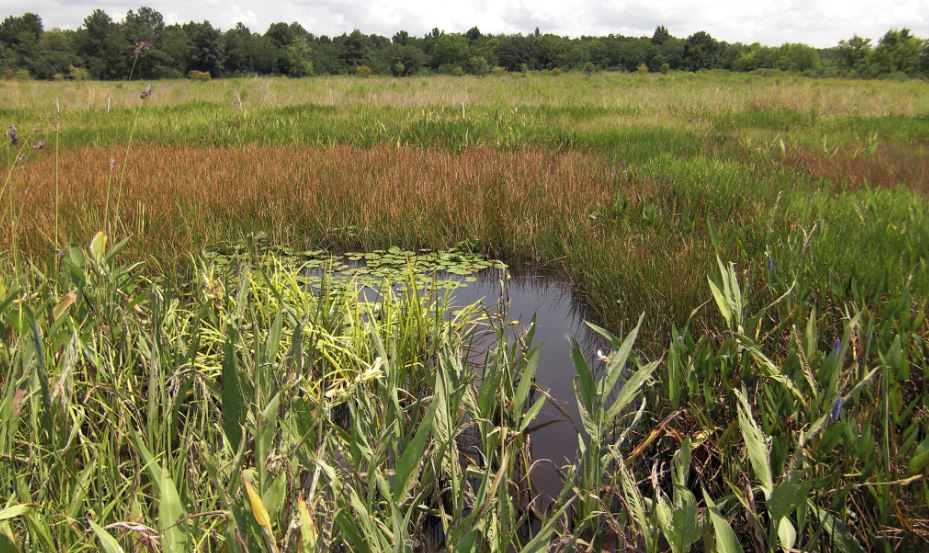Conservation Easements: Considerations for Texas Landowners
There are many reasons for people to land, and not all are related to development and capital appreciation. For landowners interested in natural habitat and wildlife, a good choice for land management is a conservation easement. A conservation easement is a restriction placed on a piece of property to protect the resources associated with the property.
The easement is either voluntarily sold or donated by the landowner, and constitutes a legally binding agreement that prohibits certain types of development, although some residential or commercial activities can also take place on the land.

What is a Conservation Easement?
So what exactly is an easement? Ownership of a piece of property can be described as a group of rights. These rights include the right to occupy, use, lease, sell, and develop the land. An easement involves the exchange of one or more of these rights from the landowner to someone who does not own the land.
Governments, utilities, and extractive industries have used easements for years. In almost all cases, the landowner continues to own the land. An easement permits the holder certain rights regarding the land for specified purposes while the ownership of the land remains with the private property owner.
Okay, so what is a conservation easement then? A conservation easement is designed to exclude certain activities on private land, such as commercial development or residential subdivisions. Its primary purpose is to conserve natural resources on the land, although it can also cover made-made resources.
The conservation easement itself is typically described in terms of the resource it is designed to protect, such as agricultural, forest, or open space easements for wildlife and habitat management.
Things to Know about a Conservation Easement
The conservation easement is a legally binding covenant that is publicly recorded and runs with the property deed for a specified time or in perpetuity. It gives the holder the responsibility to monitor and enforce the property restrictions imposed by the easement for as long as it is designed to run. An easement does not grant ownership nor does it absolve the property owner from traditional owner responsibilities such as property tax, upkeep, maintenance, or improvements. Sometimes the easement holder can be held responsible for these duties as well.
It is important to keep in mind that a conservation easement is not necessarily public property. A conservation easement can either restrict or permit certain public uses of the land. In fact, an easement does not have to allow public access at all. Many do not, unless held by governments. The decision to allow public access is left to the individual property owner who places the easement on the property. It is important to emphasize that land covered by a conservation easement is still privately held land, with the only restrictions on land use being those desired by the owner who places the easement on the property.
Conservation Easements: A Good Choice?
Conservation easements are a good choice for many Texas landowners. If you think this type of easement may work for you, contact our land consulting service for more information. Not only do conservation easements allow for wildlife and habitat management, but it allows the property owner to determine how the land and its resources will be managed into the future, sometimes in perpetuity.
Additionally, many landowners can receive substantial payments for conservation easements by the easement holder to protect and conserve the land while continuing to own the property.